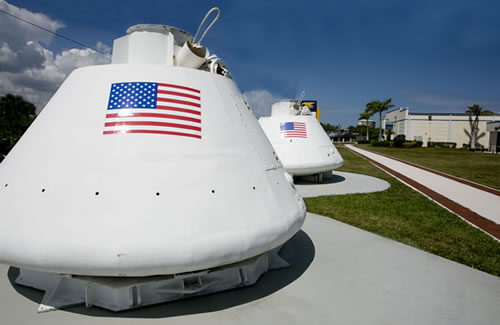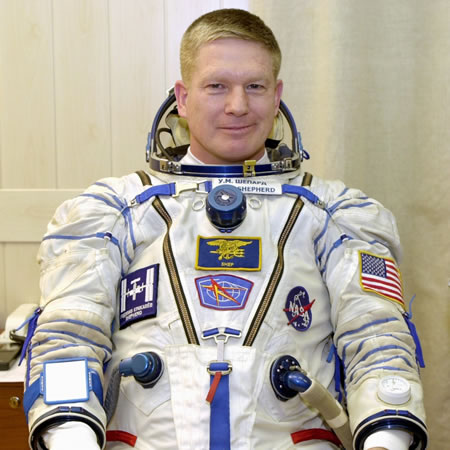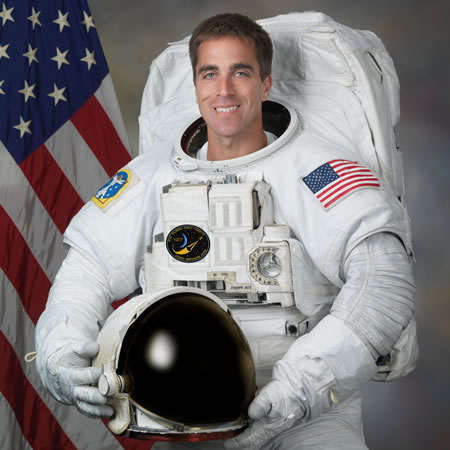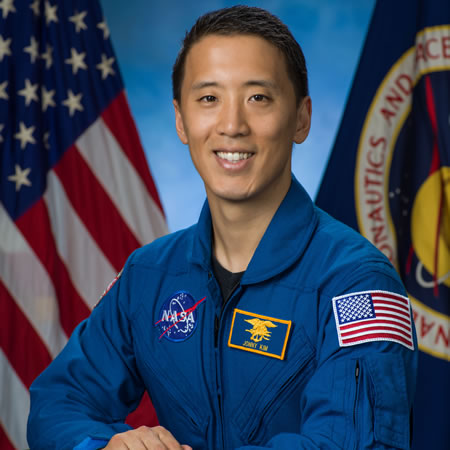Space Program
Navy SEALs, UDT Frogmen and the Space Program
Underwater Demolition Teams (UDTs), precursors to today’s Navy SEALs, played an essential role in the Gemini and Apollo space missions. It was the job of the Navy Frogmen to jump into the water from a rescue helicopter to recover space capsules upon splashdown, ending a fiery thousand-mile-an-hour drop from space into the ocean. (Frogmen have reported capsules still steaming as they swam up to them.)
Once reaching the capsule, Frogmen would wrestle a flotation collar around the vessel to keep it from sinking–a physically demanding job. The Navy’s strongest swimmers trained for months using training devices like the one in the Museum’s collection, on loan from the Naval History and Heritage Command. Upon ensuring the flotation device was secure, the Frogmen would pop the hatch of the capsule to ensure the astronauts were okay. After decontaminating the space travelers, the Frogmen helped the astronauts to safety into the waiting helicopter.
In addition to the training modules, the Museum houses the wetsuit of Frogman LT (jg) David Kohler US Navy SEAL (Ret) worn on the July 24, 1975 Apollo–Soyuz Test Project (ASTP) Recovery Mission in the Pacific. The mission was a symbol of détente and was the first joint U.S.-Soviet space flight, and the last flight of an Apollo spacecraft.
Bill Shepherd
Christopher Cassidy
Frogmen have a rich and diverse history with the Space Program. To date, three Navy SEALs have gone on to become astronauts, exchanging Navy uniforms for spacesuits in continued service to their country.
William “Bill” Shepherd received a Bachelor of Science degree in aerospace engineering from the United States Naval Academy in 1971. He completed Basic Underwater Demolition/SEAL (BUD/S) training in 1972. He served as part of Underwater Demolition Team ELEVEN, SEAL Teams ONE and TWO, and Special Boat Unit TWENTY. In 1984, Shepherd was selected for the NASA program, becoming the first SEAL in space October 31, 2000. Serving as Commander of Expedition 1, Shepherd, along with two cosmonaut colleagues, arrived at the International Space Station on November 2, marking the beginning of continuous human presence on the orbiting laboratory. He is a recipient of the Congressional Space Medal of Honor.
May 2004 saw a second SEAL selected by the NASA program. In July of 2009, Mission Specialist Cassidy boarded the space shuttle Endeavor, Flight STS 127. Now a veteran of two space flights, STS‐127 and Expedition 35, as of May 2020, Captain Cassidy is currently working onboard the International Space Station. Captain Cassidy deployed twice to the Mediterranean and twice to Afghanistan. He received the Bronze Star with Combat “V.” He served in SEAL Teams for eleven years as part of Teams THREE and TWO, achieving rank of Captain in 2014. His jumpsuit, along with one of The National Navy SEAL Museum’s Memorial Coins that he brought with him on a space mission, is on display at the Museum.
In August of 2017, Dr. Jonny Kim became the third SEAL selected by NASA for astronaut training. He enlisted in the U.S. Navy in 2002 as a seaman recruit. In 2004, the Los Angeles, California native graduated BUD/S Class 247 and was assigned to SEAL Team THREE. Kim completed more than 100 combat missions and earned a Silver Star and Bronze Star with Combat “V.” After serving his country, Kim went on to complete a degree in mathematics at the University of California, San Diego and a Doctorate of Medicine at Harvard Medical School.
*Images courtesy of NASA.




